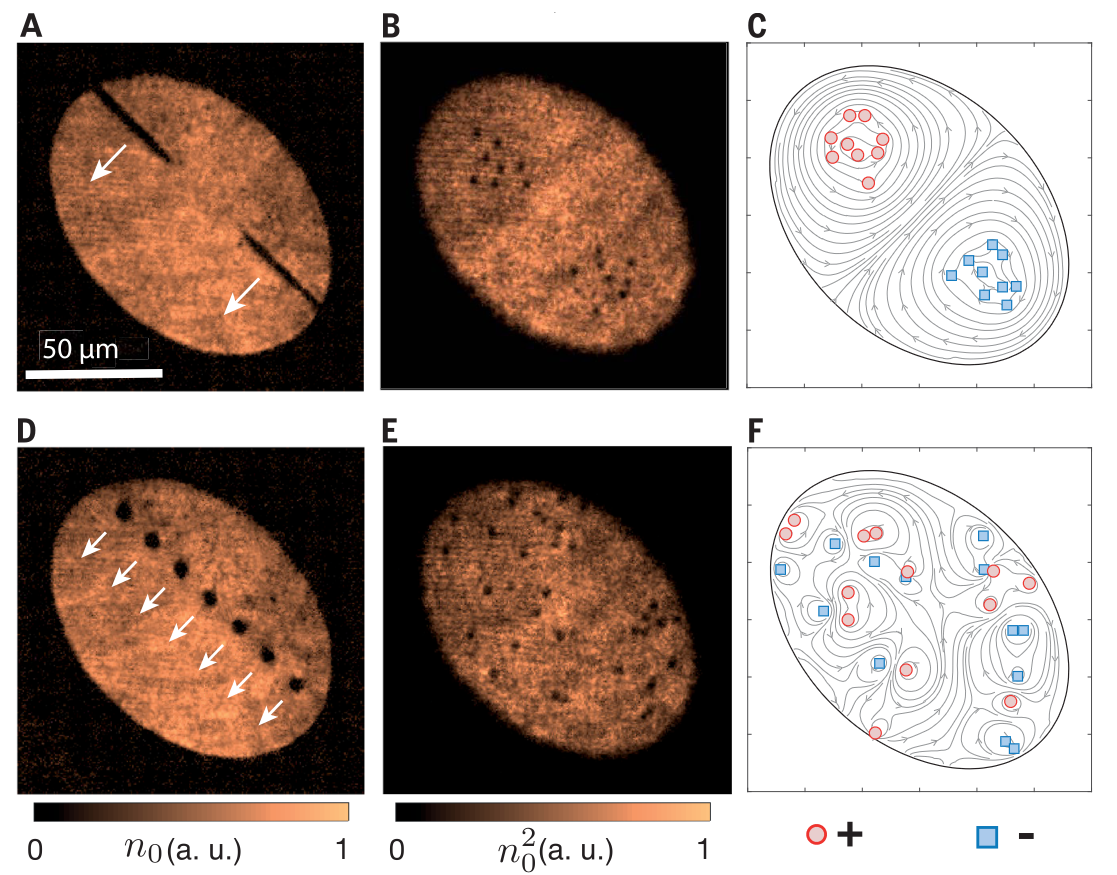Dr. Mark Baker
Senior Research Fellow
Dr. Mark Baker worked in the group between 2010 and 2020. During this time, he was the principal investigator of the Spinor Condensates in Toroidal Traps apparatus, which is now retired. Mark set up this experiment and focussed on superfluid dynamics in ring potentials, sound wave (phonon) excitations in time-averaged potentials and waveguides for BEC interferometry. In 2020, Mark started working for the Defence Science and Technology Group (DSTG). 
Publications
The list below includes all publications associated with the UQ BEC lab. For a full list of publications, please click here.Charles W. Woffinden, Andrew J. Groszek, Guillaume Gauthier, Bradley J. Mommers, Michael. W. J. Bromley, Simon A. Haine, Halina Rubinsztein-Dunlop, Matthew J. Davis, Tyler W. Neely, Mark Baker, SciPost Phys. 15, 128 (2023) - Published 2 October 2023
In this work, we cool down rubidium atoms to close to absolute zero to form a Bose Einstein Condensate. We form this condensate into a ring, then create sound waves travelling around the circumference of the ring. These sound waves (or phonons) create a standing wave in the density of the condensate, with high- and low-density points around the ring which act as markers. Due to the superfluid nature of the condensate, these markers stay in the same location of the ring and don’t rotate, even if the lab frame of reference is rotating (e.g. due to Earth’s rotation). This means that these markers act as an absolute frame of reference - like the north-seeking pole on a compass and so could potentially be used for navigation in situations where satellite navigation is not available e.g. under water.
M. Reeves et. al
Phys. Rev. X 12, 011031
In this work, we explored the relaxation of initially non-equilibrium configurations of vortices. Impressively, the vortex configurations in equilibrium were found to closely match the predictions of the point vortex model.
B. Mommers et. al
In this work, we experimentally demonstrate the application of Husimi's solution to an interacting many-body system, namely optically- and magnetically-trapped Bose-Einstein condensates subject to resonant and off-resonant linear magnetic driving potentials.
M Baker et al, 2021
AVS Quantum Sci. 3, 039201 (2021)
Roadmap on Atomtronics: State of the art and perspective, has now been published online in AVS Quantum Sci. 3, 039201 (2021). This is a review of the latest progress in atomtronics-enabled quantum technologies, such as matter-wave circuits and atom chips.
Gauthier Guillaume et al, 2020
Advances In Atomic, Molecular, and Optical Physics Volume 70, 2021, Pages 1-101
Our review of configured optical trapping techniques for cold atoms has been posted on the arXiv. We have aimed for a detailed technical review that highlights some of the subtleties in implementing acousto-optic deflector, DMD and SLM traps, as a complete guide to the experimentalist. The chapter will appear in Advances in Atomic Molecular and Optical Physics later this year.
A Pritchard et. al
In a 2-component BEC, confined in an all optical line trap, we use a spin-dependent optical barrier beam to localise one of the spin components. By time-averaging the beam we can furthermore create multiple spin sites.
Gauthier Guillaume et al, 2019
Science, 364, 6447, pp. 1264-1267
Adding energy to a system through transient stirring usually leads to more disorder. In contrast, point-like vortices in a bounded two-dimensional fluid are predicted to reorder above a certain energy, forming persistent vortex clusters.
Bell Thomas A. et al, 2018
Physical Review A, 98, 1
Rapidly scanning magnetic and optical dipole traps have been widely utilized to form time-averaged potentials for ultracold quantum gas experiments.
Rubinsztein-Dunlop Halina et al, 2017
Journal of Optics, 19, 1, pp. 13001
Structured light refers to the generation and application of custom light fields. As the tools and technology to create and detect structured light have evolved, steadily the applications have begun to emerge.









